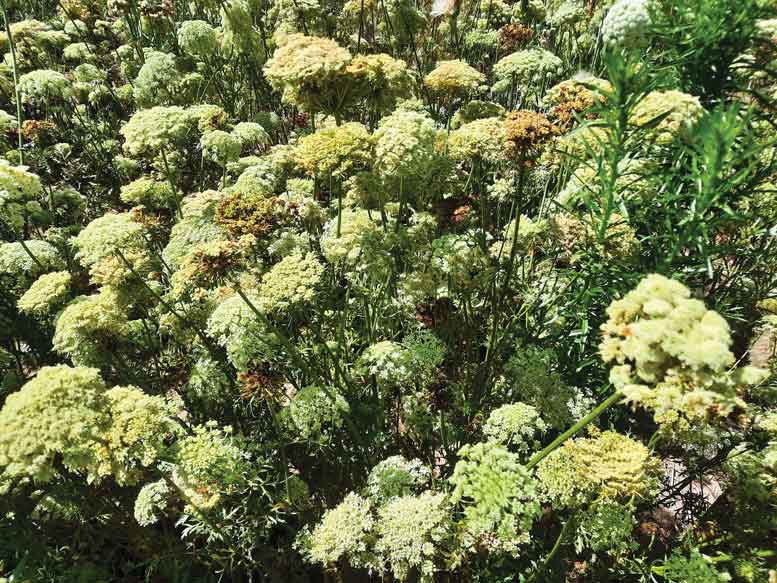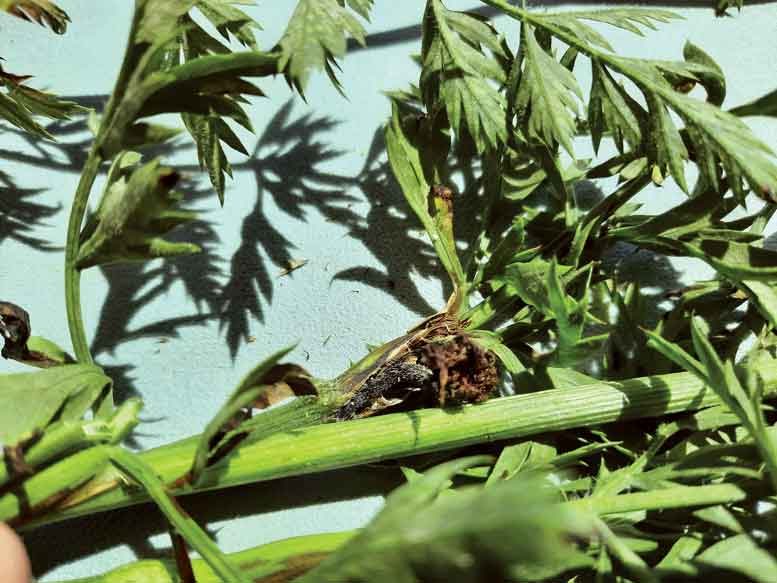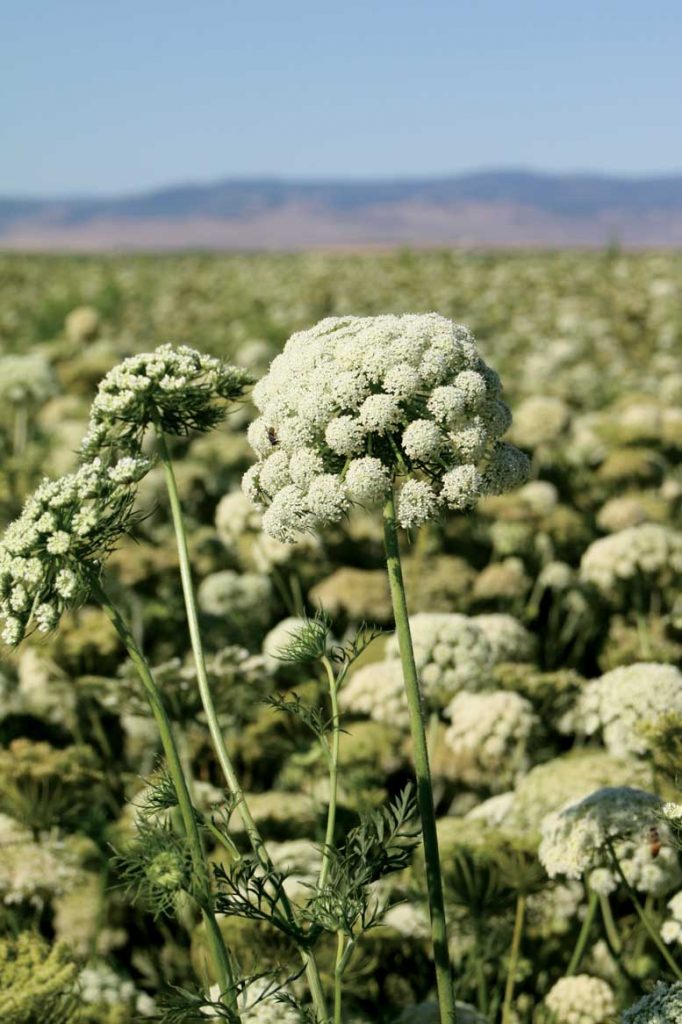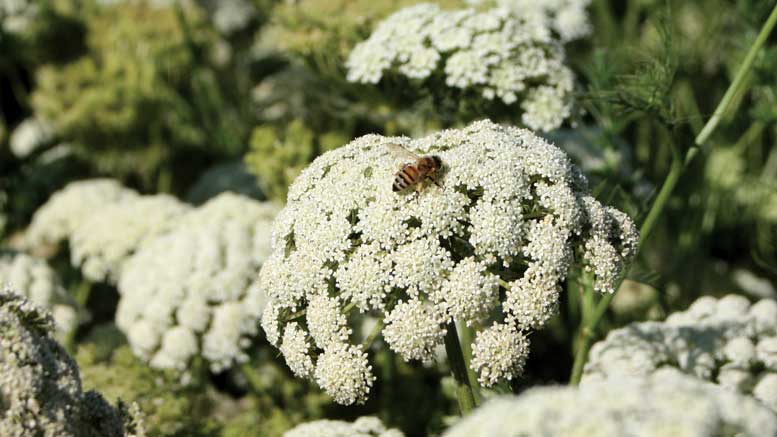|
Click to listen to this article
|
By Gina Greenway, Greenway Research
One of the most costly and persistent challenges impacting carrot seed production is bacterial blight, caused by Xanthomonas. The economic impact of the disease is particularly frustrating because it ripples through multiple links in the supply chain. At the grower level, management expenses increase the cost of production while losses in yield reduce revenue. Lower yields and higher costs are always concerning, but the sharp increases in agricultural input prices combined with looming drought have created a more pronounced level of risk. At the next link in the supply chain, seed companies incur the high cost of Xanthomonas disinfection practices.
Both growers and seed companies have to reconcile the high investment in the crop against the risk of Xanthomonas impacting seed quality and marketability. As a result, every aspect of bringing the seed to market must be managed intensely but balanced with frugality.

Methods
Improving understanding of the economic impacts of bacterial blight starts with establishing benchmarks. The initial focus has been to gain insight into the in-field impacts of bacterial blight in direct-seeded hybrid carrot seed crops grown in the Pacific Northwest. To do this, an expert opinion survey of growers and crop consultants in major carrot seed producing regions of Idaho, Oregon and Washington was administered. The goal was to better pinpoint the number of blight-targeted applications typically made per season and to gain a better understanding of the impact of bacterial blight on yield.
To arrive at dollar value estimates of the impacts of bacterial blight, results of the survey were combined with label and price information for bactericides, hybrid carrot seed price and yield estimates, and direct-seeded hybrid carrot seed acreage estimates for the Pacific Northwest.

Results
Survey participants were asked to estimate the number of copper bactericide spray applications typically made per season. About 40 percent of folks who responded reported making two spray applications per season. Another 60 percent of respondents reported typically making three blight-targeted bactericide spray applications per season.
To quantify the impact of bacterial blight on revenue, survey participants were asked to estimate how much yield would increase if bacterial blight did not exist. Responses ranged from 20 percent to 50 percent.
The cost of a typical bactericide application was estimated to range from $20 per acre to $25 per acre but will depend on application rate, price fluctuations and region. Application costs will depend on how the product is applied and whether it is delivered as part of a tank mix or as a dedicated application. This analysis omits application charges.
The number of direct-seeded acres in all major Pacific Northwest regions was estimated to be 5,299, and the price of seed was estimated to range between $9 and $14 per pound. Yields were estimated to range from 350 to 400 pounds of seed per acre.
Industry-wide expenditure on blight-targeted bactericide applications in direct-seeded acreage was estimated to range from $210,000 to $315,000. The estimates are calculated based on the assumption that 90 percent of direct-seeded acres are treated with bactericides.

Estimates of the value of lost yield attributed to bacterial blight will likely be a little bit different every year, for every region, and from farm to farm. It would be difficult to quantify how much yield is lost with a high level of precision, but it is worth considering how much various scenarios of yield loss could cost the industry. If 50 percent of direct-seeded acres are impacted by a 20 percent reduction in yield because of bacterial blight, and the assumed price is $9 per pound, the foregone value rings in at over $1.8 million. If 50 percent of planted acres experience a 35 percent yield loss at an assumed price of $14 per pound, the forgone value would be over $5 million.
Conclusions
Bacterial blight is expensive to manage, negatively impacts valuable yield, and can impact seed quality and marketability. However, there are some promising new mitigation techniques on the horizon that could assist in making management of the disease more proactive and effective.
Author’s note: This work was funded by the United States Department of Agriculture Specialty Crops Research Initiative (grant no. 2020-51181-32154).

